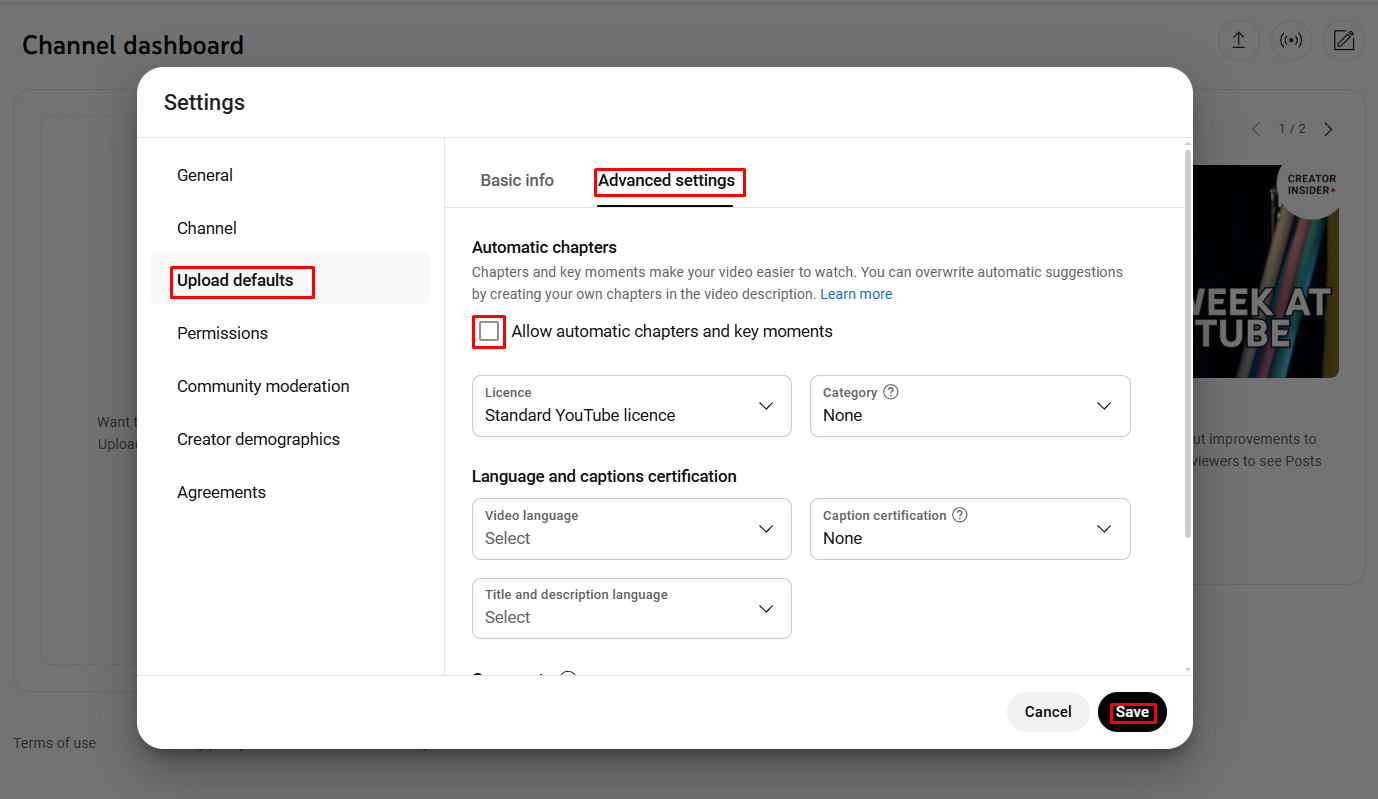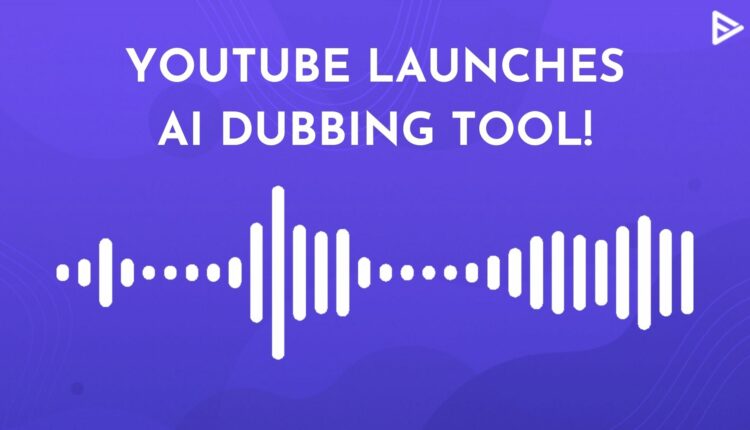As a content creator, wouldn’t you want your video to be watched globally? Well, before you choose to buy YouTube views to get more visibility, you must know that the language barrier also might be stopping you from becoming a global sensation. But that’s going to change now as AI dubbing in YouTube videos will now be possible!
Here’s everything you need to know about YouTube AI dubbing.
What is YouTube’s AI Auto Dubbing
The YouTube AI automatic feature converts the video audio into multiple languages. Viewers can change the audio between the original and preferred language from the settings. This auto translation makes the content accessible to a global audience.
The auto-dubbing feature is the default on YouTube and marked as “auto-dubbed” in the description. These dubs are published automatically in experimental languages. The list of experimental languages is:
French, German, Hindi, Indonesian, Italian, Spanish, Portuguese, and Japanese.
Unlike subtitles that are added by the uploader. AI dubbing is an automated feature done by the YouTube platform itself.
How Does YouTube’s AI Dubbing Feature Work?
The AI Dubbing feature doesn’t need manual intervention. When the creator uploads the video, the feature automatically converts the audio track into experimental languages we saw above.
For example, when a creator uploads a video in English. After publishing, the AI feature will convert audio into other languages and vice versa. Other languages get converted into English.
However, YouTube has admitted that the feature is growing and mistakes can be made. The feature cannot convert the exact dialect, slang, or metaphorical meaning.
Currently, the feature is available for creators of the YouTube Partner Program and educational content. Additionally, creators can look for a dubbed version of their video on YouTube Studio and remove it if they are not satisfied.
AI Dubbing In YouTube Video Is Available Now
YouTube, the video-sharing giant, reached a global audience with its AI tool Aloud, which helps creators dub their videos in various languages. They collaborated with Aloud, which is part of Google’s in-house incubator Area 120, intending to reach a global audience.
The recently introduced initiative to support multilingual audio tracks will help creators reach a wider audience globally. As of June 2023, creators had dubbed more than 10K videos in over 70 languages with the YouTube AI dubbing tool.
Google introduced Aloud in 2022. As of 2025, the creators of the YouTube partner program have used the feature immensely to translate audio into other languages.
As discussed, YouTube is currently testing this new tool with many content creators, and eventually, the tool will be available for all YouTubers.
Before YouTube introduced this amazing AI-powered tool, content creators had to partner directly with third-party dubbing tools to create their audio tracks in different languages. This was time-consuming and expensive at the same time. But Aloud, the new YouTube AI dubbing tool, will allow content creators to dub their videos at absolutely no cost!
YouTube will further work towards translating audio tracks to sound like the content creators’ voices and expressions, as well as lip-syncing, so the audience can better resonate with the content.
What are the Benefits of YouTube Auto Dubbing
Auto dubbing is undoubtedly a game-changer for creators. You can upload the video and let YouTube do the work. That being said, let’s see some more benefits of auto dubbing.
Reach a global audience: The YouTube platform is international, and the dubbing feature makes the content more accessible worldwide. This increases the chances of reaching more viewers and strong video engagement.
Cost-effective: As discussed before the feature was launched, the creators had to use third-party services to dub the audio, which involved additional tasks. The feature simply eliminated this step, saving creators a lot of costs.
Seamless Feature: AI auto dubbing is a built-in feature in YouTube Studio. There is no additional third-party tool or integration. The simple upload does the task.
Audience viewing experience: Subtitles have been a go-to option for audiences to access their favorite content. Seeing their favourite content in the native language simply enhances the viewing experience.
Creator control: Although the feature is automatic and doesn’t rely on human intervention, creators can delete the audio translation if they think it is not suitable for the content.
How to Turn On & Off YouTube Auto Dubbing
You can manage the auto dubbing feature from your account. Let’s look at the steps:

1. Go to YouTube Studio
2. Go to Settings( Bottom of the left menu pane)

3. Navigate to Upload Defaults
4. Click on the Advanced Settings tab
5. Check or uncheck the Allow Automatic chapters and key moments
6. Click save
Conclusion
Now that you know of the new AI dubbing in YouTube videos, you must try it as soon as it’s available. This will definitely help you in expanding your reach to an international audience, and more people will be able to connect to your content.
Frequently Asked Questions
Q1. What is the purpose of dubbing a YouTube video?
The purpose is to reach a wider audience using a multilingual approach. Instead of relying on subtitles and voiceover, dubbing will enhance the user experience.
Q2. Is AI voice allowed on YouTube?
Yes, AI voice is allowed on YouTube. But if AI content is already added to the video, the creator has to mention that during the upload process. Also, the content has to be aligned with YouTube’s policies and terms.
Q3. What are the disadvantages of YouTube?
The disadvantages are: unintentional copyright violation, monetization problems, privacy issues, content quality, etc.
Q4. Can AI Dubbing Replace Human Voice Actors And Dubbing Professionals?
Although AI dubbing and voiceovers have made significant advancements in recent years and will continue to do so, it is highly unlikely that they will completely replace human voice actors and dubbing professionals. AI dubbing still lacks the finer emotions, subtle voice inflections, and authentic expressions that a dubbing professional can deliver.
Q5. Is AI dubbing On YouTube Accurate And Natural Sounding?
Depending on the AI voice you use for your YouTube videos, you can generate dubbing voices that maintain a consistent quality throughout the video without any variations in pronunciation or intonation.


